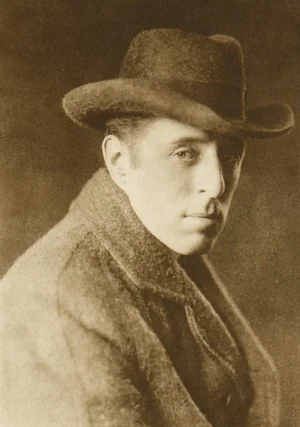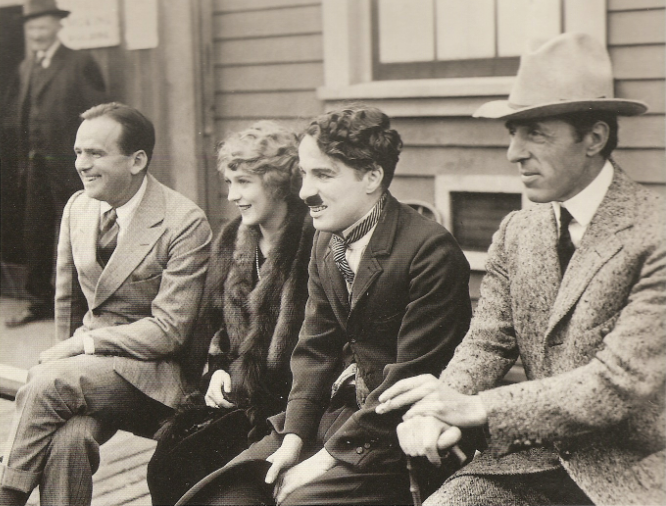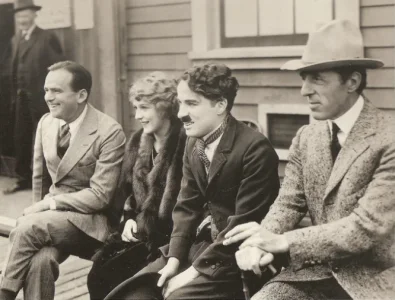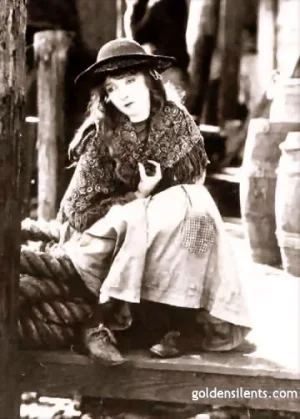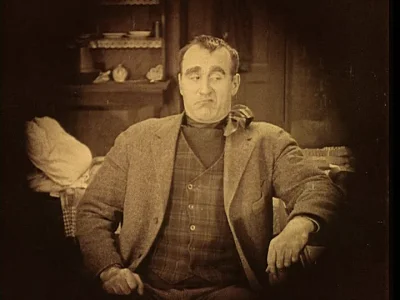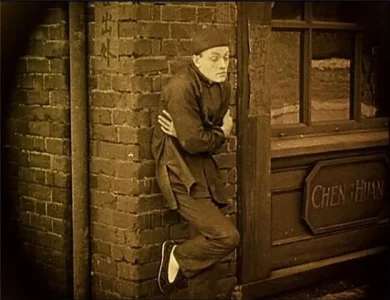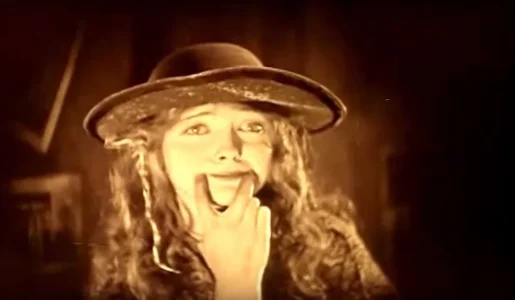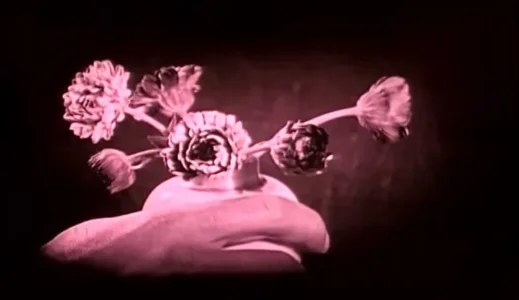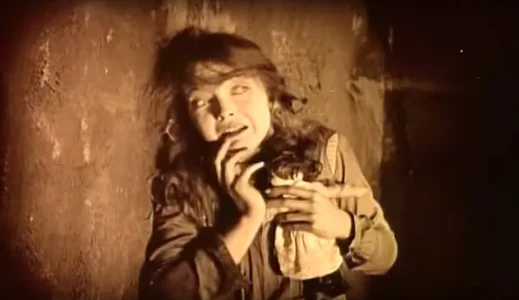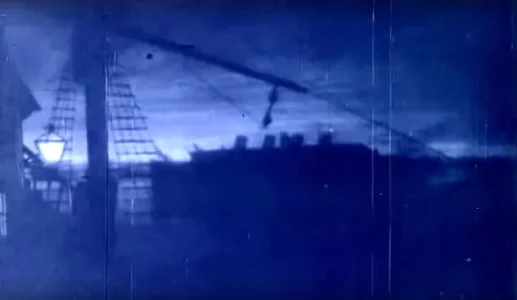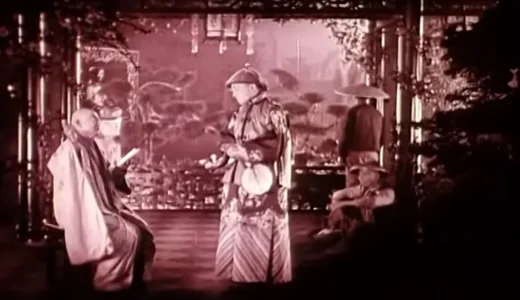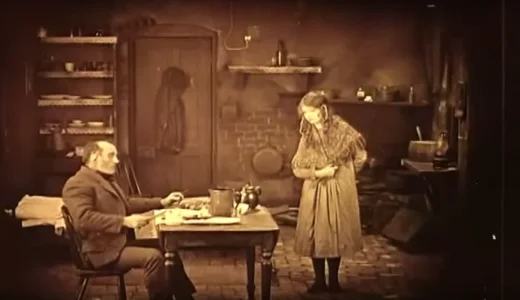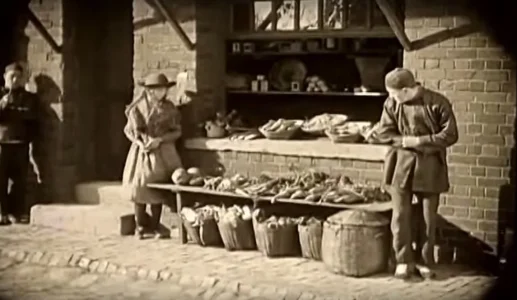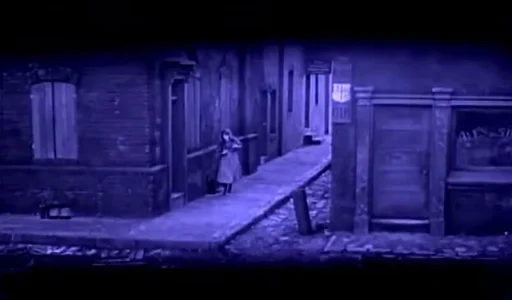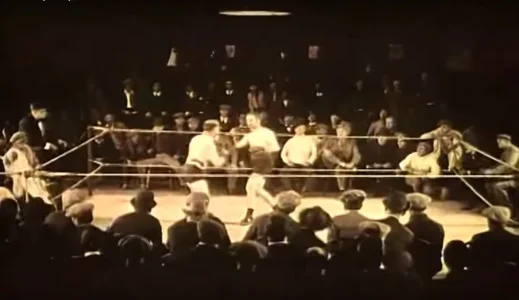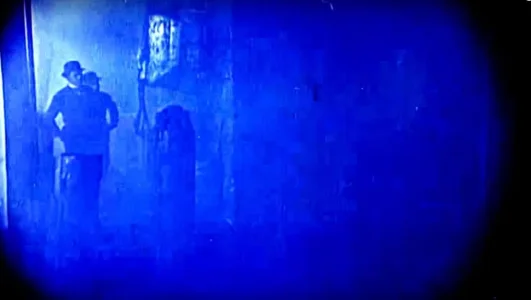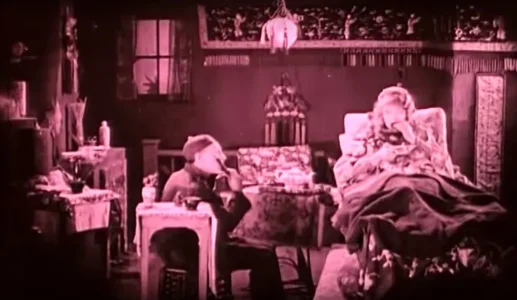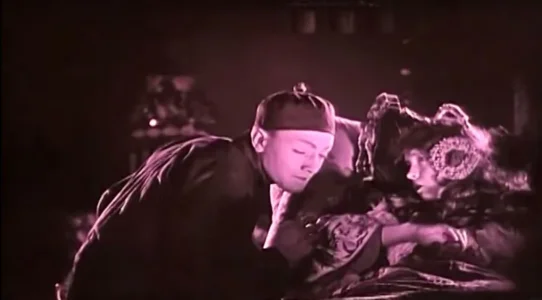[MENTION=13909]Satori[/MENTION] [MENTION=5601]ezra[/MENTION] I'm finally here with the my review . Sorry if it's not professional or detailed. This was my first time
 The Birth of a Nation (1915)
The Birth of a Nation (1915)
|* 165 min *|* Drama, History, Romance
The Civil War divides friends and destroys families, but that's nothing compared to the anarchy in the black-ruled South after the war.
IMDB rating: 6.8/10
Writing credits
Thomas Dixon Jr.
adapted from his novel: "The Clansman: An Historical Romance of the Ku Klux Klan" (as Thomas F. Dixon Jr.)
Thomas Dixon Jr.
play "The Clansman" (as Thomas F. Dixon Jr.)
Thomas Dixon Jr.
novel "The Leopard's Spots" (as Thomas F. Dixon Jr.)
D.W. Griffith
Frank E. Woods
The movie could be rather tedious at the beginning as we are accustomed to the technologies used in film making today; but if you're a patient movie addict you will experience a completely new art in cinema.
The film chronicles the relationship of two families in the American Civil War and Reconstruction era: the pro-Union Northern Stonemans and the pro-Confederacy Southern Camerons over the course of several years. The assassination of President Abraham Lincoln by John Wilkes Booth is dramatized.
'From <https://en.wikipedia.org/wiki/The_Birth_of_a_Nation> '
Two families , two young men in love but the cruelty and inhumanity of war could ruin everything …
The movie has an absorbing story. Consisted of two main plots :
Part 1: Civil War of United States
Death and distraction
Assassination of Lincoln
Two families are together again although in sorrow of their lose …
Part 2: Reconstruction
Death of the little sister was such a tragedy. I imagined myself as the mother and I was wondering how she managed the sorrow.
We expect to see good will and reconstruction after war but anarchy in the black was even worse than war .
So we see more destruction as well. The intervention of KKK saved people from the greed.
Although I don't know if their cause was always for good- I need to read more about it.
--------------
Direction
I found Griffith an open-hearted person, you need to be much caring to create e movie like this-I wonder what MBTI type he was !
Cinematography
As for techniques in cinematography, Griffith really knew what to do.
As [MENTION=13909]Satori[/MENTION] mentioned
vignettes to highlight important elements & scenes in the story.
And
- color tinting, or the changes in color tones for different settings in appropriate situations.
Writing
In some part especially for the war , I think the scenes were of a too much length .Although maybe Griffith thought that it was really necessary to speak all about it in details .
Editing: In some parts , I thought the editing needed more to work on. Some parts were
choppy .In some parts the scene starts but the actors weren't acting. E.g.: In the scene of disarming the blacks. 03:09:22
Costume design
KKK customs were the same as all I'd ever seen. I think as [MENTION=5601]ezra[/MENTION] said they were the real costumes. I was actually scared The first moment I saw them!
Set design
There's nothing to say about it. Everything was great.
Soundtrack
In my point of view the music could have been a little sadder since especially in the scenes of the war, While I was watching that part, I was thinking that the music could be more suitable for a ball scene.
Except from that I really think music was a very crucial part in silent era, as they the director could show the ups and downs of the emotion with the use of music.
I was touched by the great piece of music in the scene after the death of the youngest girl , and the plea of the young man against his father.
------------
| Throughout the movie you can feel what war can do to people's hearts. And that people get to live their own lives even with all the pain. That you're alive regarding to whatever that has happened and you
have to keep on going and you don't know who strong you really are!
|| Frankly I never thought a movie in silent era -without any conversation could be as fascinating! And it still is a masterpiece.
)

